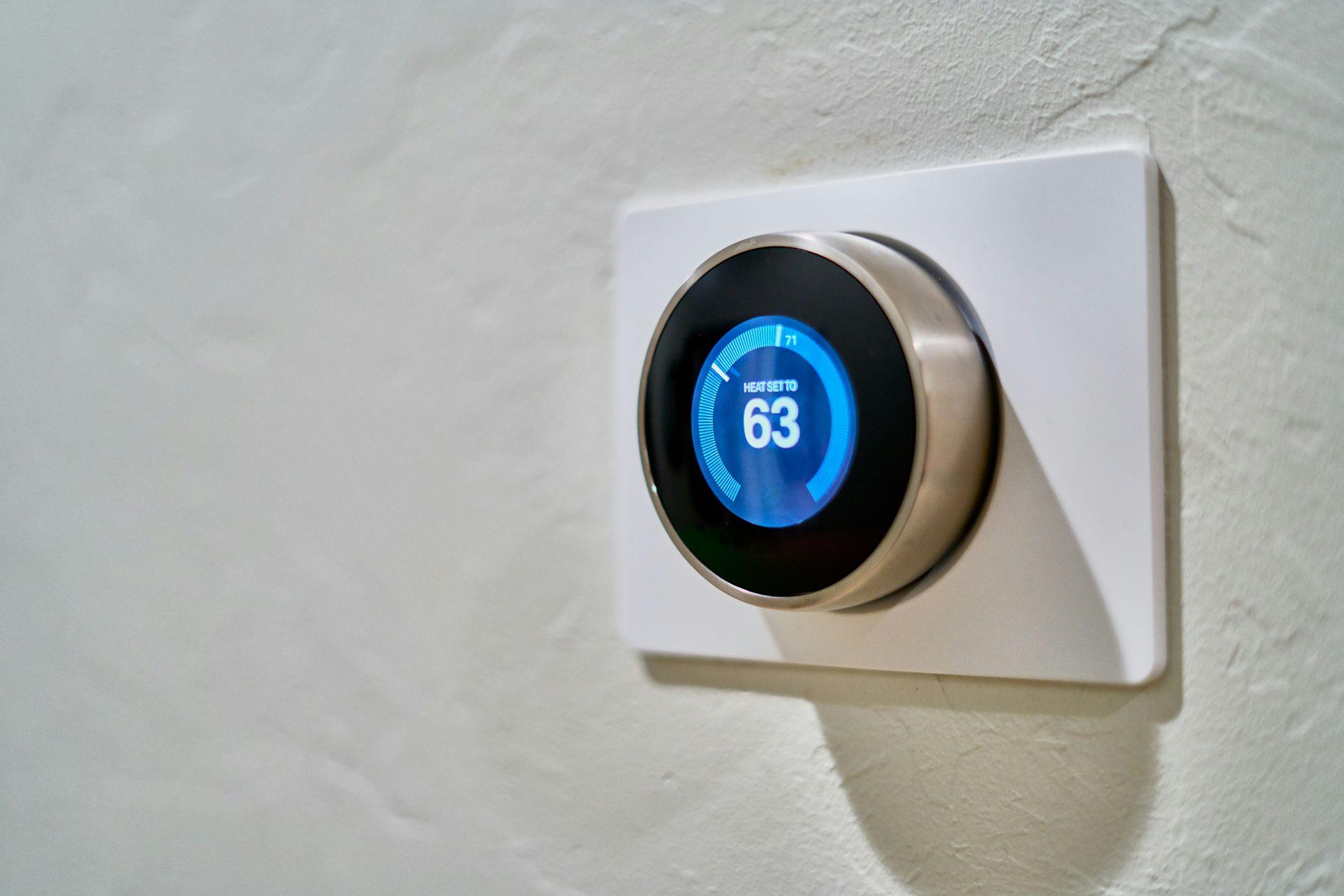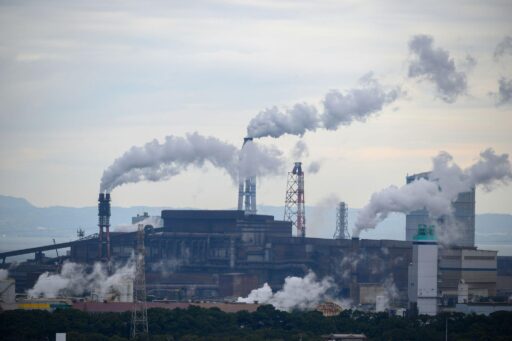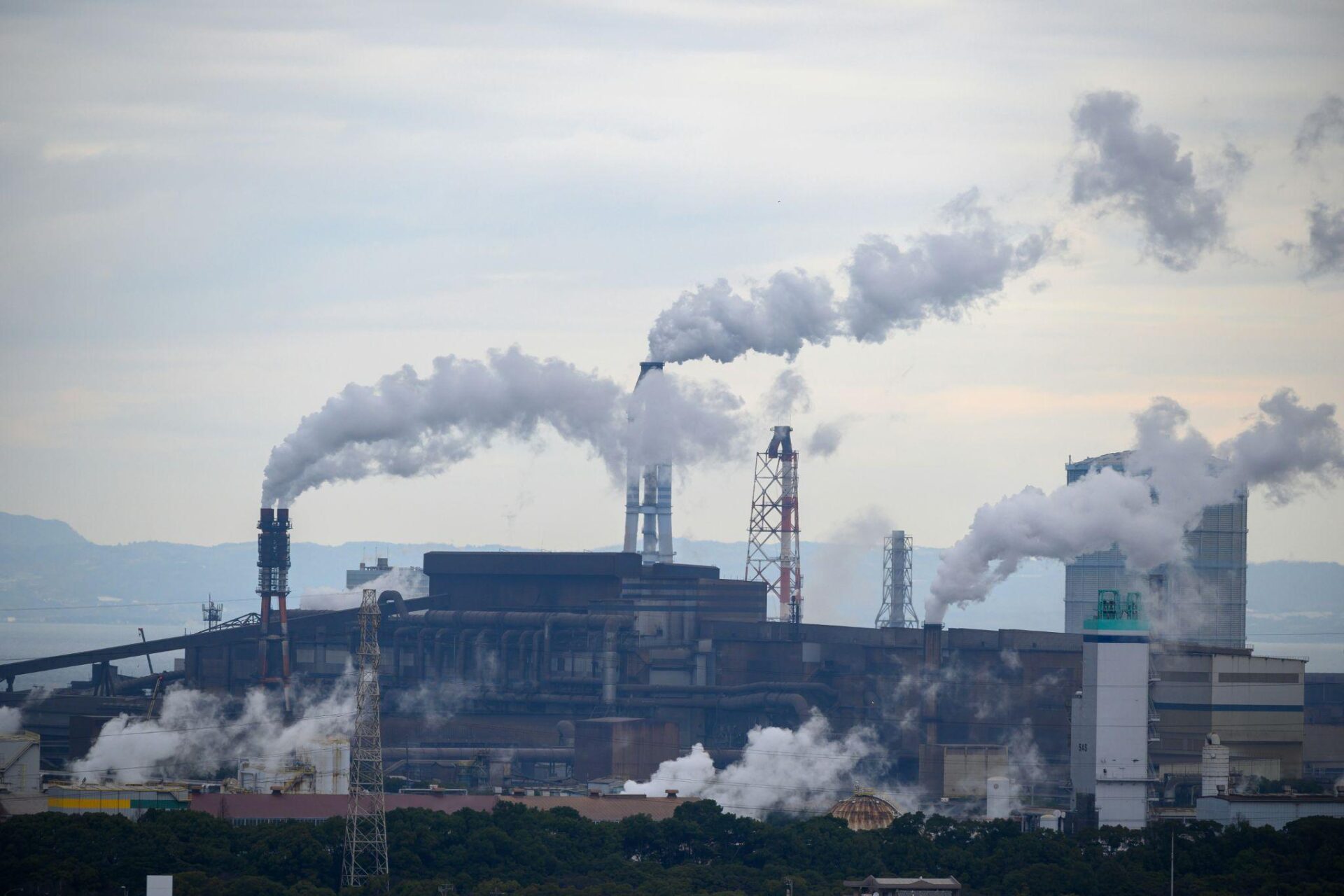Did you know nine out of ten people breathe air that contains high levels of pollutants? Air pollution is now one of the biggest environmental issues today. Every year, approximately 4.2 to 7 million people die from air pollution, according to the World Health Organization (WHO). Industrial emissions, motor vehicle exhaust, waste gases from biomass burning, and dust storms are the primary sources of air pollution. A 2023 study found that air pollution cuts life expectancy by about five years. Health impact assessments in Canada and internationally have identified air pollution as one of the leading risk factors for premature death and disability. According to Health Canada, air pollution is linked to about 15,300 premature deaths each year, including roughly 6,600 in Ontario. So, when was the last time you had your system inspected or serviced?
Understanding High-Efficiency HEPA Filters
According to the United States Environmental Protection Agency (EPA), a HEPA filter is a pleated mechanical air filter designed to remove at least 99.97% of airborne particles measuring 0.3 micrometres in diameter. This is the most difficult size to filter, while larger or smaller particles are captured even more efficiently. During the COVID-19 pandemic, the Canadian government confirmed that high-quality HEPA filters can successfully trap airborne particles, including certain viruses. High-efficiency HEPA filters not only clean everyday air but also reduce risks for families with allergies, asthma, pets, or other respiratory issues. For example, during flu season, if someone in the house gets sick, HEPA filters can remove a large portion of bacteria and viruses, lowering the risk of others getting infected. Also, for homes with seniors or children with asthma who are sensitive to dust, these filters work effectively to clear the air.
In addition, every summer, wildfires in northern Ontario can sharply drop Toronto’s air quality. In June 2023, over 100 wildfires in northern Ontario and Quebec triggered an air quality alert in Toronto. According to Environment Canada’s Air Quality Health Index, the city hit a level 5 alert, with heavy smoke lasting all day. However, if you regularly clean your HEPA filters, they can effectively remove PM2.5 particles from wildfire smoke. Therefore, it is crucial to regularly inspect and clean HEPA air filtration systems.

Image from Unsplash
Environmental Benefits of HEPA Filters
In many regions, HVAC systems are essential—especially in summer, as global warming makes air conditioning a critical need. A WHO article from August 2024 states that between 2000 and 2019, heat claimed about 489,000 lives annually, with heat-related deaths rising by 30% in 20 years. This surge in demand for air conditioning is evident. The IEA (2018) reported that air conditioners and fans account for nearly 20% of global building electricity use, putting significant pressure on power grids and boosting emissions. As HVAC systems partly rely on fossil fuels, they are a major source of carbon emissions; in 2022, space cooling alone produced roughly one billion tonnes of CO₂.
Health and Economic Advantages
Typically, HEPA filters have low power consumption since they mainly operate using fans, with power ratings usually below 100W. In contrast, HVAC systems, such as central air conditioners, typically consume over 1,000W. For example, based on Toronto Hydro’s winter electricity rates and assuming both devices run continuously for one week (24 hours a day), a HEPA filter would cost about $1.66 per week, whereas an HVAC system would cost roughly $16.61 per week—around 10 times more expensive.
Genadi Kahanovich, CEO at SmileHVAC.ca says “Not only are HEPA filters useful in homes, but they are also essential in public spaces like schools, malls, and cinemas. Since many respiratory diseases spread through the air, crowded places can speed up virus transmission. In such settings, HEPA filters help clean the air effectively. During the COVID-19 outbreak in 2022, many Canadians called for more HEPA filters in schools to protect children. These filters reduce airborne allergens, providing cleaner air for allergy sufferers.”
At the same time, HEPA filters require less frequent replacement compared to HVAC filters. Typically, a home HEPA filter is replaced every 6 to 12 months. In contrast, Home Depot data shows that fibreglass air filters need to be changed every 30 days or less—and they capture dust and particles less efficiently—while pleated filters, despite their higher efficiency, require replacement roughly every 90 days.
Therefore, HEPA filters play a crucial role in reducing costs and ensuring access to fresh air. They are suitable for various settings and beneficial for all. Clean air is a vital part of maintaining good health.
In contrast, HEPA filters use much less power and can reduce overall energy consumption by minimizing the need for window ventilation, thus lowering the energy demand and carbon footprint of HVAC systems.
In contrast, HEPA filters use much less power and can reduce overall energy consumption by minimizing the need for window ventilation, thus lowering the energy demand and carbon footprint of HVAC systems. HEPA technology has become increasingly important in homes, hospitals, laboratories, and even vehicles. Many consumers appreciate that HEPA filters can trap allergens, bacteria, and even certain viruses, improving indoor air quality dramatically. This is especially valuable for people with respiratory conditions like asthma or allergies.
As awareness of indoor air pollution grows, more homeowners are investing in HEPA filtration systems. Advances in HEPA technology have also led to quieter, more efficient air purifiers. Additionally, HEPA filters contribute to the longevity of HVAC systems by preventing dust buildup on mechanical components. The peace of mind offered by cleaner air is invaluable for families with children, elderly members, or pets. As energy costs rise, the efficiency of HEPA systems becomes an even more significant advantage. Overall, investing in HEPA filtration is a proactive step toward healthier living environments and sustainable energy use.







